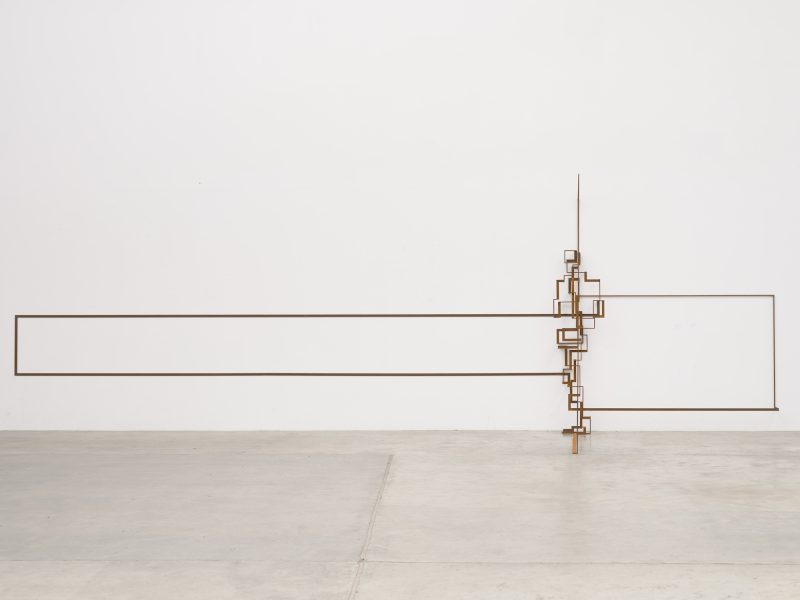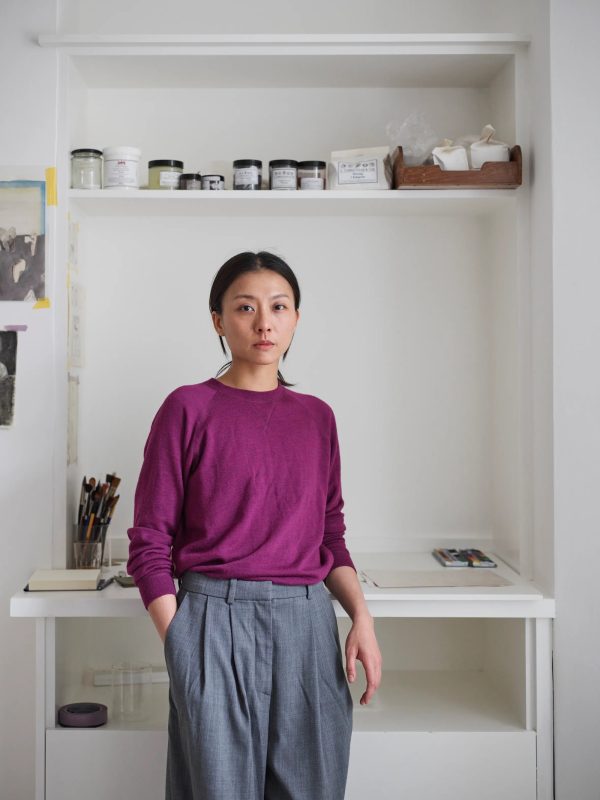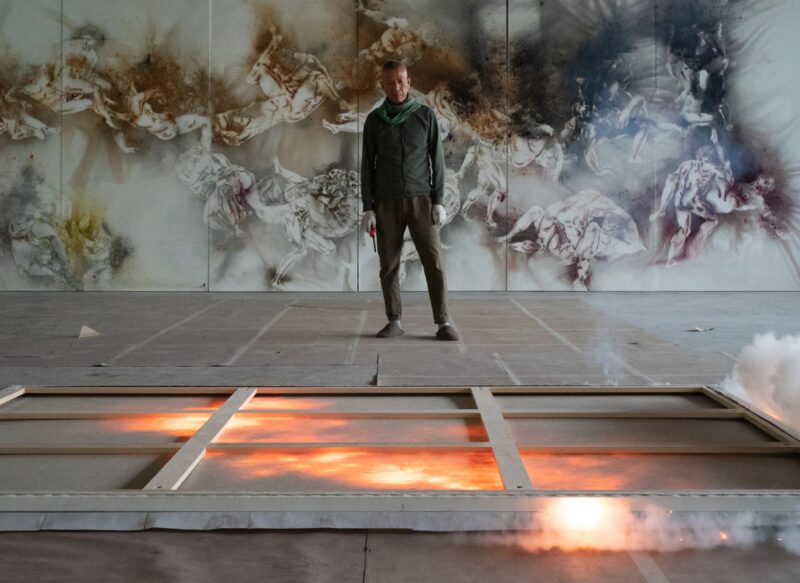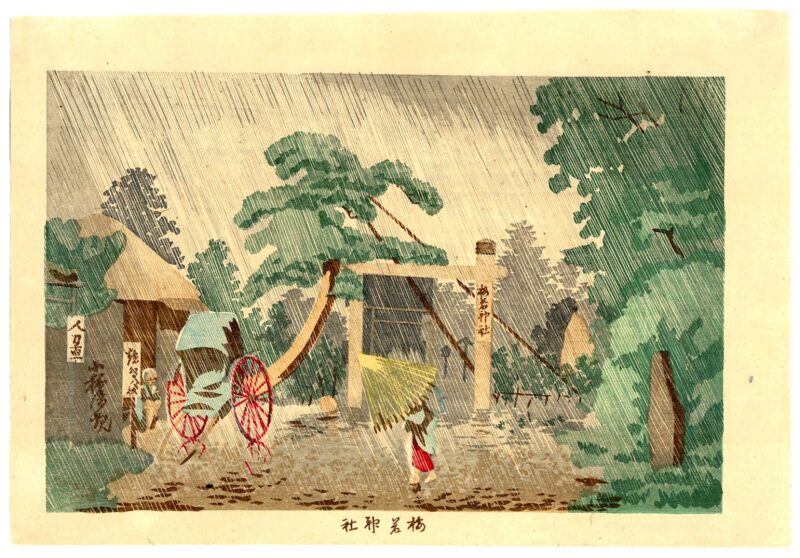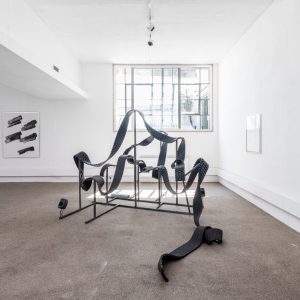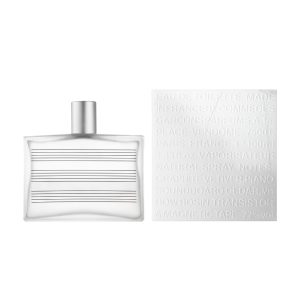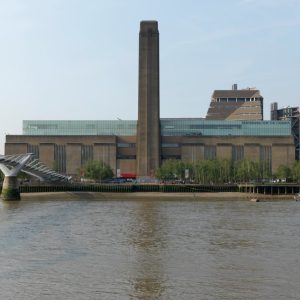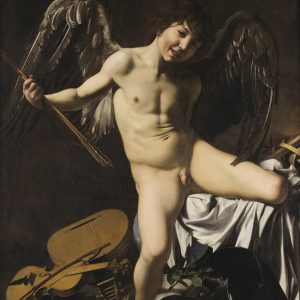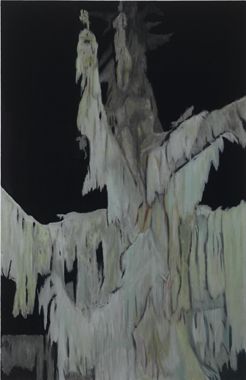
26 March – 1 May 2010
White Cube Hoxton Square is pleased to announce an exhibition of new paintings by Eberhard Havekost, his third with the gallery. Over the past fifteen years Havekost has established himself as one of the most exciting young painters to explore the limits and implications of figuration in contemporary art.
‘The point of departure for my paintings’, Havekost commented in a recent interview, ‘is an emotional quality or a factuality – in other words, something I can feel.’ Havekost always begins a painting with a photograph, but in recent work the relationship between a work’s photographic origins and the material presence of a painting has become less direct. The photograph no longer provides just content, or a motif, but increasingly Havekost uses the photograph as a starting point or base structure. This photograph is like a sketch or memory that the artist uses to create a painting that offers a different visual truth or experience, a material quality distinct from the photographic original. Havekost enacts a process of de-materialisation and re-materialisation, from thought to object. And when confronted anew, the process is reversed again: the painting now provokes a range of interpretations and associations in the mind of the viewer.
In the four-canvas painting ‘Normalität’, for instance, Havekost began with a single image, improvising within a set of parameters to create four canvases that are clearly related in tone and hue, yet the content is elusive: the colours and soft contours create a negative space, as if they were not depictions of anything but small windows of contemplation. The multi-canvas painting ‘Flatscreen’ pushes this idea further, with each canvas an abrupt change from the last, starting with the neutral wall, the black flatscreen television, the flickering, out-of-focus colour fields and finally the star. The work suggests a process of perceptual tuning whereby the viewer is invited to engage with each canvas in relation to its neighbour, losing and gaining focus, moving from abstraction to figuration, in an ongoing process of looking and interpreting. Each canvas presents the viewer with what the artist often calls ‘filters’: various interpretative devices that everyone must employ to understand visual truth. These filters are underlined in a picture such as ‘H20’, in which the human figure is seen through the cool green haze of water. The ‘filter’ lends both mystery and – with the mood of grace and freedom implied by the water and the reduced palette of greens – a peculiar beauty.
The major work in the exhibition is ‘Gast 1-9’ (‘Guest’), a monumental nine-canvas series of a single tree. Havekost photographed the tree at night, illuminating the tree in a quick flash before moving to a different perspective and shooting again. The resulting atmosphere is spooky and surreal: the trees sway and droop, the greens hang like thick ooze from the pendulous branches. The tree is, of course, one of the oldest motifs in Western art: with ‘Gast’, the artist has created a proliferating forest that seems to haunt this rich history, a gang of spectres that persist in provoking awe and wonder.
Image:Eberhard Havekost Gast, B09 2010 Oil on canvas (9 Canvases)
Each: 78 3/4 x 51 3/16 in. (200 x 130 cm) © the artist
Photo: Werner Lieberknecht Courtesy White Cube
